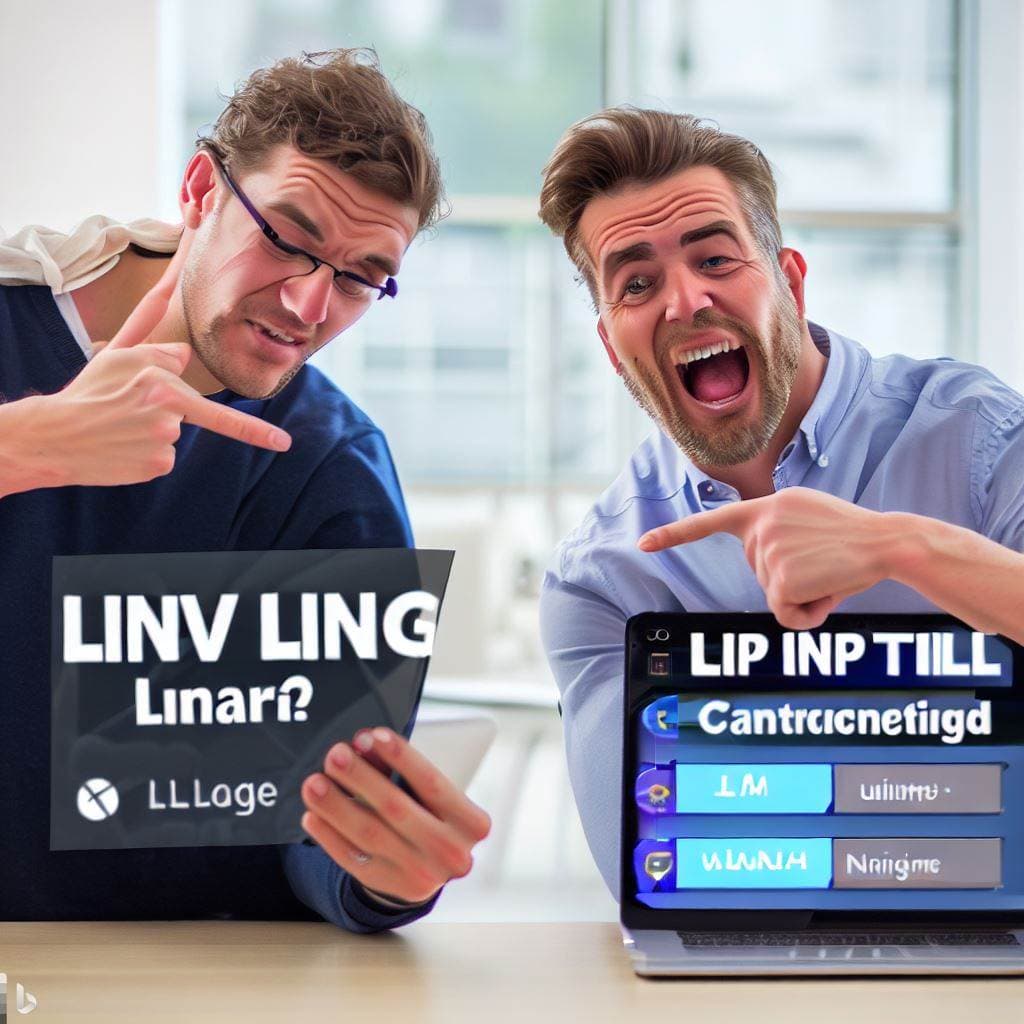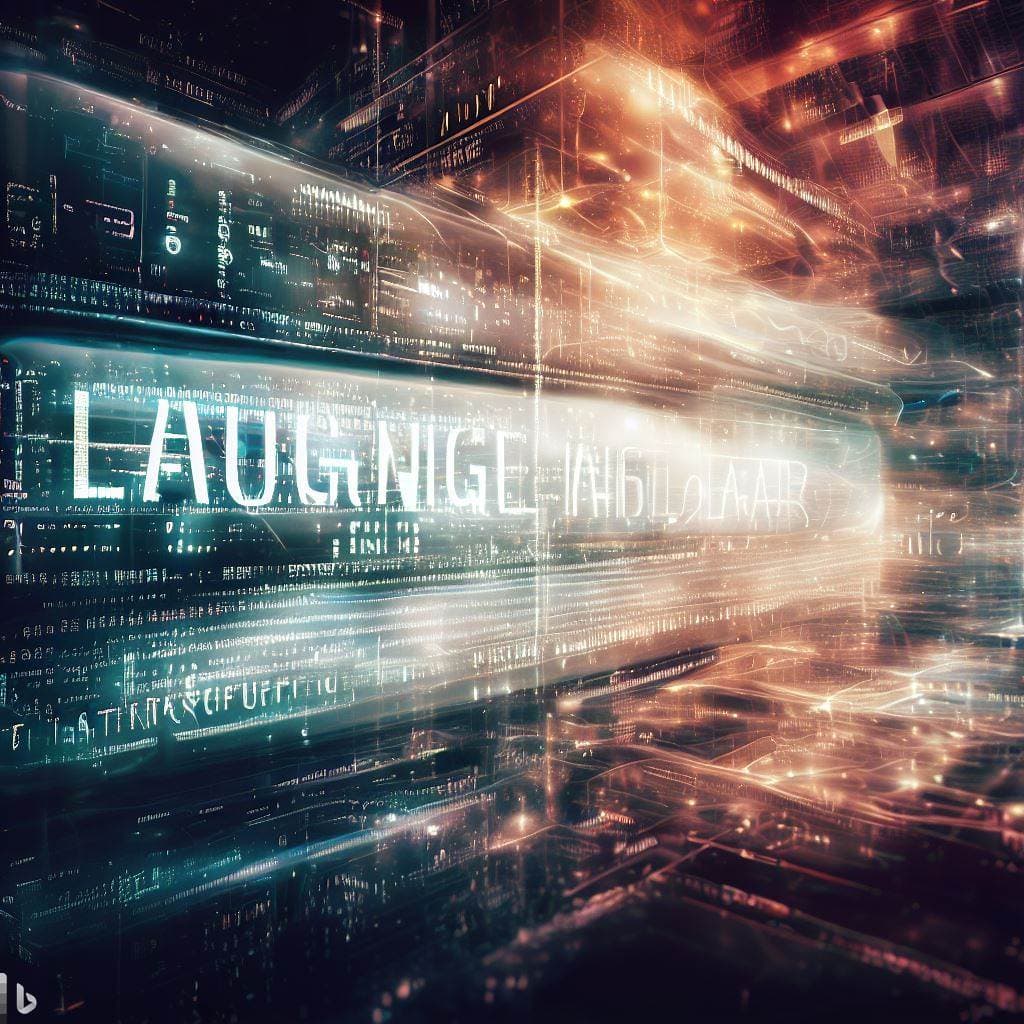Discover LLM Excellence: Navigating the RAG and Finetuning Crossroads.
RAG vs Finetuning: Enhancing the Power of Large Language Models
Introduction
The rapid growth in the popularity of Large Language Models (LLMs) has led to a surge in applications that leverage their capabilities. However, when these pre-trained LLMs don’t meet expectations, developers and organizations are faced with the challenge of enhancing their performance. The primary question that arises is: Should one opt for Retrieval-Augmented Generation (RAG) or model finetuning?
Understanding the Methods
-
RAG (Retrieval-Augmented Generation): This technique integrates the power of retrieval (or searching) into LLM text generation. It merges a retriever system, which extracts relevant document snippets from a vast corpus, with an LLM that formulates answers using the information from these snippets. Essentially, RAG enables the model to access external information to enhance its responses.
-
Finetuning: This involves refining a pre-trained LLM by training it further on a specific, smaller dataset. The goal is to adapt the model for a particular task or to elevate its performance. Through finetuning, the model’s weights are adjusted based on specific data, making it more attuned to the unique requirements of an application.
Choosing the Right Tool
Both RAG and finetuning are potent tools for boosting the performance of LLM-based applications. However, they cater to different facets of the optimization process. It’s essential to understand these distinctions when deciding which method to employ.
In the past, the author, Heiko Hotz, would often advise organizations to experiment with RAG before venturing into finetuning. This recommendation stemmed from the belief that both methods yielded comparable results but differed in terms of complexity, cost, and quality.
Note: This blog is based on the article “RAG vs Finetuning — Which Is the Best Tool to Boost Your LLM Application?” by Heiko Hotz on Towards Data Science. For a more in-depth understanding, readers are encouraged to read the original article.
Ensuring that the chosen method (RAG or finetuning) aligns perfectly with the specific needs of an application requires a systematic approach. Here are some steps developers can take:
-
Define Clear Objectives: Before deciding on a method, developers should have a clear understanding of what they want to achieve. Are they looking to improve the model’s general knowledge, or do they want it to perform better on a specific task?
- Understand the Methods:
- RAG: Best suited for applications where the model needs to pull in external information to answer questions or generate content. If the application requires the model to reference a vast amount of data or external sources, RAG might be the better choice.
- Finetuning: Ideal for applications that need the model to be more specialized in a particular domain or topic. If there’s a specific dataset available that represents the kind of data the application will handle, finetuning can be more effective.
- Evaluate Resources:
- Time: Finetuning might require more time, especially if developers need to curate a specific dataset for training.
- Computational Costs: RAG, especially when dealing with large external databases, might be computationally expensive. On the other hand, finetuning, depending on the size of the dataset and the depth of training, can also be resource-intensive.
-
Conduct Experiments: Before fully committing to one method, developers can run small-scale experiments to gauge the effectiveness of both RAG and finetuning for their specific application.
-
Monitor Performance: Once a method is chosen and implemented, continuously monitor its performance. Look for areas where the model might be lacking and consider if switching or combining methods might be beneficial.
-
Gather Feedback: Especially for user-facing applications, gathering feedback can provide insights into how well the model is performing and whether the chosen method aligns with user expectations.
-
Stay Updated: The field of AI and machine learning is rapidly evolving. New techniques and improvements on existing methods are continually emerging. Developers should stay updated with the latest research to ensure they’re using the best method for their application.
- Iterate: AI development is often iterative. Based on performance metrics and feedback, developers might need to revisit their choice and make adjustments as the application evolves.
In conclusion, there’s no one-size-fits-all answer. The choice between RAG and finetuning depends on the specific requirements of the application, available resources, and the desired outcome. Developers should be prepared to experiment, evaluate, and iterate to find the best fit.
Striking a balance between achieving optimal results and managing costs is a challenge many organizations face when deciding between RAG (Retrieval-Augmented Generation) and finetuning. Here’s a step-by-step guide to help organizations navigate this decision:
- Assess the Application’s Core Needs:
- Specificity vs. Generality: If the application requires domain-specific knowledge, finetuning with a specialized dataset might be more appropriate. If it needs to pull from a broader knowledge base, RAG might be the better choice.
- User Interaction: For applications with high user interaction, like chatbots, the ability to pull real-time data using RAG might be beneficial.
- Determine Budget Constraints:
- Initial Costs: Consider the costs of data acquisition (if finetuning) or setting up a retrieval system (if using RAG).
- Ongoing Costs: Think about the computational costs of running the model, especially if using RAG with a large external database.
- Maintenance Costs: Models might need periodic updates or retraining, which can incur additional costs.
- Pilot and Prototype:
- Before fully investing, run pilot projects or prototypes using both methods. This can give a clearer picture of actual costs, complexities, and performance.
- Use these pilots to gather real-world data on performance, user satisfaction, and any unexpected costs.
- Optimize for Efficiency:
- Data Efficiency: When finetuning, ensure the dataset is clean, relevant, and free from biases. A well-curated dataset can lead to better results with less training time.
- Infrastructure Efficiency: If using RAG, optimize the retrieval system to ensure quick and accurate data fetching.
- Consider Hybrid Approaches:
- Sometimes, a combination of both RAG and finetuning might offer the best of both worlds. For instance, a model can be finetuned for a specific domain and then use RAG for real-time data retrieval.
- Monitor and Adjust:
- Continuously monitor the model’s performance and costs. If costs start to overshoot, consider scaling back or looking for more efficient implementations.
- Be open to adjusting the approach based on real-world performance and feedback.
- Stay Updated:
- The world of AI is dynamic. New techniques, optimizations, or tools might emerge that can offer better performance at a lower cost. Stay informed and be ready to adapt.
- Seek Expertise:
- Consider consulting with AI experts or hiring specialized talent. They can offer insights, optimizations, and strategies that can lead to better performance without escalating costs.
In conclusion, achieving a balance between performance and cost requires a combination of strategic planning, continuous monitoring, and a willingness to adapt. By understanding the strengths and limitations of both RAG and finetuning, organizations can make informed decisions that align with their budget and performance goals.
The field of Large Language Models (LLMs) is rapidly evolving, and as research progresses, we can anticipate a variety of innovative methods to emerge. Here are some potential directions and innovations that might shape the future of LLMs:
-
Dynamic Model Architectures: Instead of static architectures, we might see models that can dynamically adjust their size and complexity based on the task at hand, allowing for more efficient processing and resource utilization.
-
Federated Learning: This approach allows models to be trained across multiple devices or servers without centralizing the data. It can lead to more diverse and robust models while addressing privacy concerns.
-
Neural Architecture Search (NAS): Using AI to find the best model architecture for a specific task can lead to more optimized and efficient models.
-
Transfer Learning Enhancements: Beyond the current methods of transfer learning, we might see more advanced techniques that allow models to leverage knowledge from multiple pre-trained sources simultaneously.
-
Attention Mechanism Improvements: The attention mechanism, crucial in models like Transformers, might see refinements or entirely new approaches that enhance the model’s ability to focus on relevant information.
-
Incorporation of External Knowledge Bases: Beyond RAG, models might seamlessly integrate with external databases, knowledge graphs, or the internet in real-time, allowing them to pull in and reference a vast amount of information.
-
Multimodal Models: Future LLMs might not just process text but also handle images, videos, and audio, enabling more comprehensive understanding and generation capabilities.
-
Ethical and Bias Mitigation Techniques: As the importance of ethical AI grows, we’ll likely see more advanced techniques to detect, mitigate, and correct biases in LLMs.
-
Interactive Training: Instead of just training models on static datasets, future training might involve real-time interactions with humans or other AI models, leading to more adaptive learning.
-
Meta-Learning: Models that learn how to learn can adapt to new tasks with minimal data, making them more versatile and efficient.
-
Energy-Efficient Models: With growing concerns about the environmental impact of training large models, we might see innovations focused on making LLMs more energy-efficient.
-
Personalized LLMs: Instead of one-size-fits-all models, we might see the rise of LLMs tailored to individual users or specific niches, offering more relevant and personalized outputs.
-
Collaborative AI: Multiple LLMs working in tandem, each specializing in different tasks, to provide more comprehensive solutions.
In conclusion, the future of LLMs is incredibly promising. The combination of ongoing research, technological advancements, and the growing interest in AI ensures that LLMs will continue to evolve, leading to more powerful, efficient, and versatile models.
Further References
- Retrieval-Augmented Generation for Knowledge-Intensive NLP Tasks
- Understanding Retrieval Augmentation for Long-Form Question Answering
- Efficient Retrieval Augmented Generation from Unstructured Knowledge for Task-Oriented Dialog
- Fine-tune the Entire RAG Architecture (including DPR retriever) for Question-Answering
- A Survey on Retrieval-Augmented Text Generation
- RA-DIT: Retrieval-Augmented Dual Instruction Tuning
- To Fine Tune or Not Fine Tune? That is the question
- How vector search and semantic ranking improve your GPT prompts






Comments